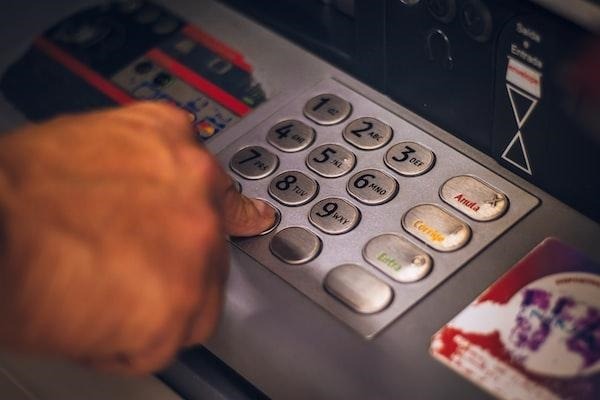Access control systems (ACS) are systems that allow organizations to manage and monitor access to their facilities and resources. ACS can be used to control who can enter a building, what parts of a building they can enter, and when they can enter. ACS can also be used to monitor and track employee movement within a facility. Keep reading to learn more about how these systems work and how they can be beneficial for you.
What are the components of an access control system?
An access control system is employed in a variety of settings to restrict access to authorized individuals. The three primary components of an access control system are the reader, the controller, and the lock. The reader is used to capture information from an identification card or other credential and sends this information to the controller. The controller determines if the individual is authorized to enter and activates the lock accordingly. Access control system options can be implemented in a variety of ways, including keypads, biometric readers, and proximity cards.
What types of access control system options are available, and how do they work?
The most common type of access control system is a username and password authentication system. In this type of system, the user is assigned a username and password, and the user must provide the correct username and password in order to be granted access to the resource.
Another type of access control system is an authentication system that uses tokens. In this type of system, the user is assigned a token, and the user must provide the token in order to be granted access to the resource. Tokens can be physical or electronic tokens. Physical tokens are physical objects such as cards or keys that are used to authorize users. Electronic tokens are digital objects such as passwords, PINs, or biometric data that are used to authorize users.
An access control system can also use role-based security models instead of usernames and passwords or tokens. In a role-based security model, each user is assigned one or more roles, and each role has specific permissions that are associated with it. For example, in a health care organization, employees might have roles, such as a doctor, nurse, receptionist, etc., and each role would have different permissions associated with it.
How much does an access control system cost?
When estimating the cost of an access control system, it’s important to consider the cost of the components and the cost of installation. Installation may include wiring, mounting hardware, and labor costs. Some components, such as readers and door locks, may need to be installed by a licensed electrician. Labor costs will vary depending on the size and complexity of the system. Generally, the cost of an access control system will start at around $1,000 and increase depending on the size and features of the system.
Who can benefit from an access control system?
There are many different types of businesses and organizations that can benefit from an access control system. For example, hospitals can use an access control system to track who is coming and going from restricted areas, such as the emergency room or the intensive care unit. Schools can use an access control system to keep track of who is coming and going from the building and to ensure that only authorized personnel is able to access sensitive areas, such as the library or the computer lab. Businesses can use an access control system to restrict access to certain areas of the building or to keep track of who is coming and going from the premises. And government organizations can use an access control system to keep track of who is entering and exiting the country and to ensure that only authorized personnel is able to access sensitive areas, such as the Pentagon or the White House.
Altogether, an access control system plays an important role in ensuring the security of a facility. They work together with other security measures to protect both people and property. Overall, they provide a layer of security that helps to deter and prevent crime.


